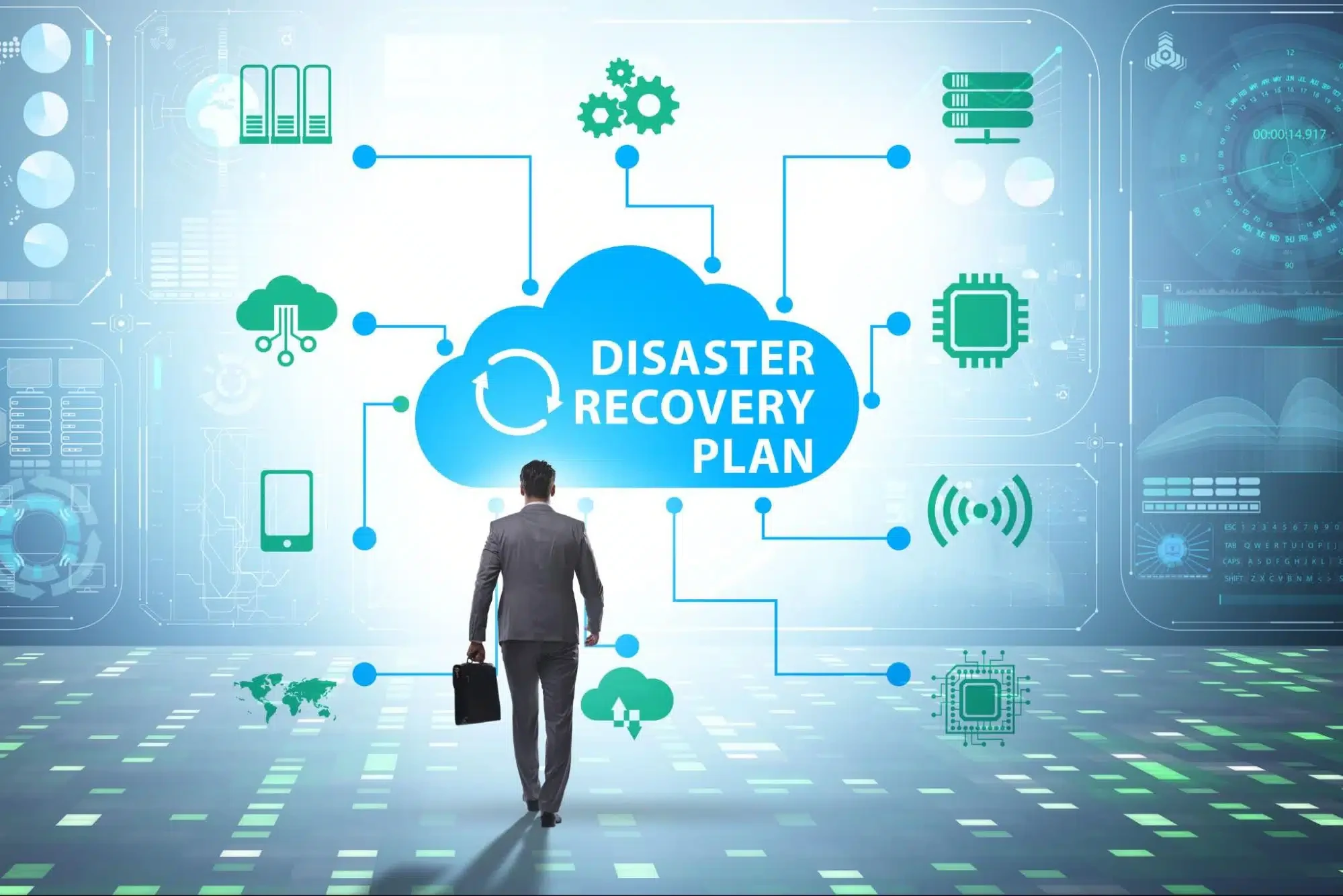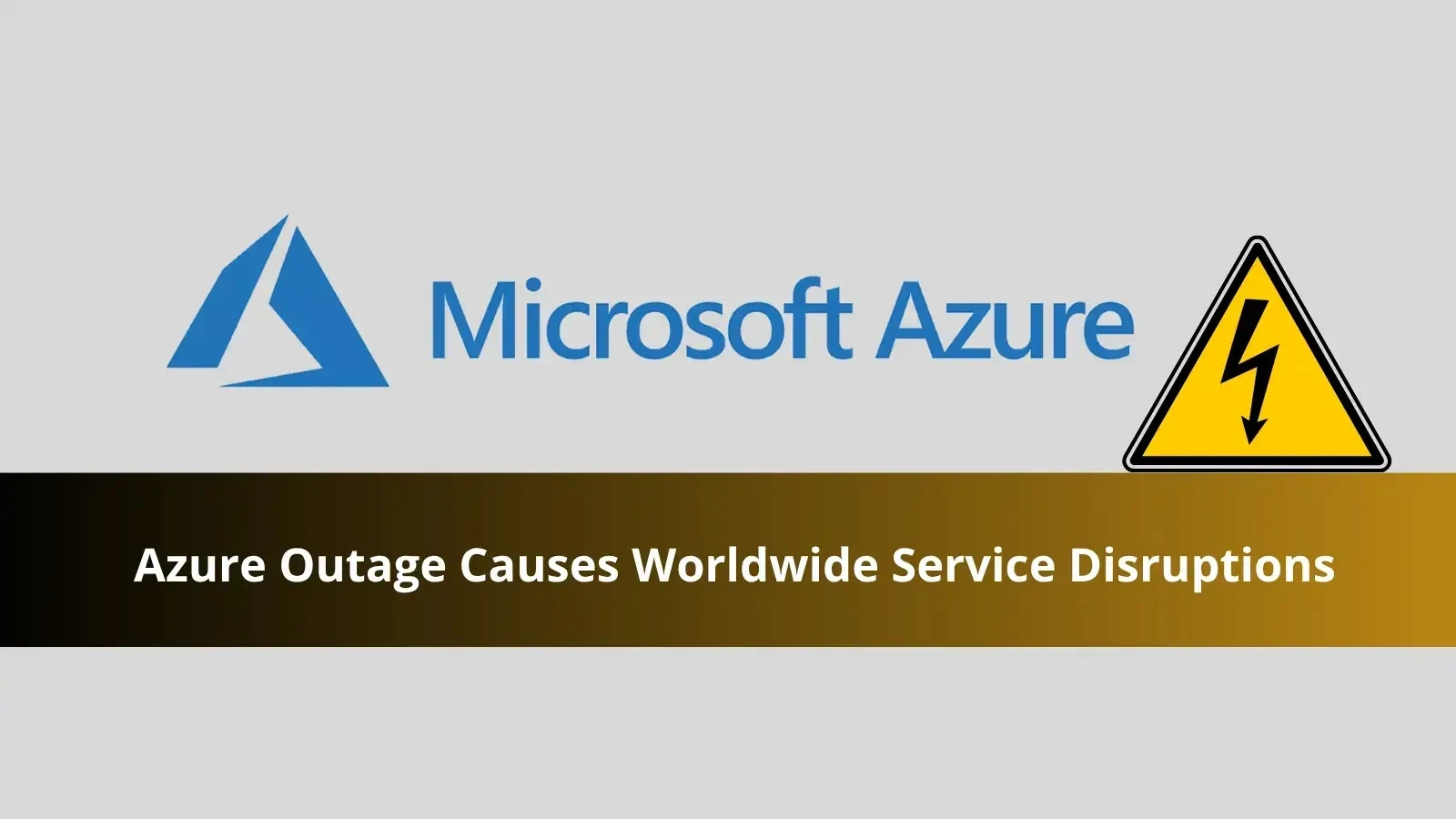Introduction
When systems fail, storms strike, or cyberattacks strike at your most vulnerable moment — the true measure of your preparedness is not how well you avoid failure, but how swiftly and confidently you recover.
Every business faces threats: hardware failure, ransomware, floods, power outages — these are not “if” events anymore, but “when.” In this post, we’ll walk you through why disaster recovery (DR) must be foundational, not optional. Then we’ll break down how to design, test, and evolve a plan that saves your operations, reputation, and bottom line.
Why Disaster Recovery Is Critical Today
Mounting Stakes
-
In 2024, weather-related catastrophes accounted for over 90% of U.S. total losses, with damages across sectors totaling around $320 billion.
-
Globally, inclusive of ecosystem and cascading effects, disaster costs now exceed $2.3 trillion annually.
-
The disaster recovery market is rising fast: from an estimated USD 9.46 billion in 2025 to USD 54.94 billion by 2033, reflecting a compound annual growth rate (CAGR) of ~24.6%.
Alarming Business Realities
-
40% of small and midsize enterprises never reopen after a natural disaster. Another 25% fold within a year.
-
Over the past five years, more than 50% of businesses have encountered a downtime event lasting a full workday.
-
Even though 96% of organizations report having a backup/DR system, many are outdated or ineffective — and 41% don’t update their plans regularly.
-
In surveys of cloud-native organizations, many rely on native protection tools, but 60% of those setups are underprepared for true disaster scenarios.
These numbers make it clear: the existence of a DR plan is not enough. The quality, currency, and scope of your plan are what truly matter.
The Anatomy of a Robust DR Strategy
A disaster recovery plan is more than backup scripts — it’s a living framework that considers risk, recovery priorities, dependencies, and human factors.
Step 1: Risk & Impact Assessment
-
Identify threats and vulnerabilities (natural disasters, cyberattacks, power outages, human error).
-
Classify critical systems and data (finance, customer data, internal systems).
-
Define your Recovery Time Objective (RTO) — how long you can afford to be down.
-
Define your Recovery Point Objective (RPO) — how much data loss (in time) is acceptable.
Step 2: Choose Your Recovery Approach
-
On-premises backups to offsite media (disk, tape)
-
Cloud backups & DRaaS (Disaster Recovery as a Service)
-
Hybrid solutions combining on-prem, private cloud, and public cloud
-
Failover clustering & replication for critical services
Step 3: Redundancy & Resilience
-
Duplicate infrastructure across geographically separate zones
-
Ensure power resilience, alternate ISPs, and network redundancy
-
Consider non-IT factors — if your facility is unusable, data access means little. As one expert argued: “Fast recovery of your data is useless if there’s no power in your office.”
Step 4: Orchestration & Automation
-
Use automated failover scripts or playbooks
-
Integrate monitoring and alerting to trigger recovery workflows
-
Leverage runbooks that define human roles, dependencies, and steps
Step 5: Testing & Validation
-
Tabletop drills (walk through scenarios with team)
-
Live failover testing (simulate outages and shift to DR site)
-
Post-mortem reviews to capture lessons and update plans
Step 6: Maintenance & Governance
-
Review and update plans quarterly or semiannually
-
Version control and documentation standards
-
Assign a DR owner / governance team
-
Train staff and run refresher drills
How Disaster Recovery Delivers Value
Minimizing Downtime & Loss
Time lost is money lost. A strong DR plan safeguards revenue, reputation, and customer trust.
Protecting Against Data Loss
With appropriate RPO choices and replication, even catastrophic events can result in minimal data loss.
Compliance & Legal Safeguards
Many regulations require DR readiness (financial, healthcare, etc.). Being noncompliant risks fines and legal exposure.
Strategic Resilience
Businesses designed around DR are better poised to adopt new technologies (AI, distributed systems) and scale.
Real-World Examples
Extreme Weather & Infrastructure
From floods to wildfires, extreme events have shut down regional data centers, disrupted supply chains, and demanded costly failovers. The rising frequency of such events has expanded the definition of “disaster” beyond IT failures.
Cyberattacks & Ransomware
In ransomware incidents, the difference between paying or restoring often comes down to how recent, well-tested, and accessible your backups are.
Technology in Action
Academic and industry research is pushing innovation in recovery and response:
-
Deep learning models are being used to accelerate post-tornado damage assessment, helping teams allocate resources faster.
-
UAV (drone) systems with on-device AI detection help in real-time disaster detection and mapping, improving situational awareness in remote or damaged zones.
-
Optimization, simulation, and machine learning are increasingly used in emergency response planning to model failures, transport logistics, and resource allocation.
These are signs that DR is no longer reactive — it’s increasingly proactive, intelligent, and predictive.
Looking Ahead: The Next Generation of DR
-
The shift to “beyond IT” DR — considering facility, power, human resources, supply chains, and business operations holistically.
-
Increased adoption of DR orchestration platforms and policy-driven failovers
-
Ambient intelligence: AI/ML monitoring will flag anomalies and preemptively trigger partial failovers
-
Interoperability across hybrid clouds, edge systems, and IoT
-
Community and network-centric resilience — using network theory to understand how cascading failures propagate and how to build buffer zones.
Your Roadmap: Turning Strategy Into Action
-
Start small but strategic — pick one mission-critical system and build a DR plan around it.
-
Document everything — your plan must be clear and accessible under stress.
-
Schedule and run tests — no test = no confidence.
-
Track metrics — downtime, data loss, recovery durations, lessons learned.
-
Iterate and improve — each test or real event should feed updates back into the plan.
Disaster is not a question of “if,” but “when.” Let your readiness and resilience show — not your regret.





Comments: